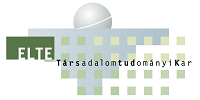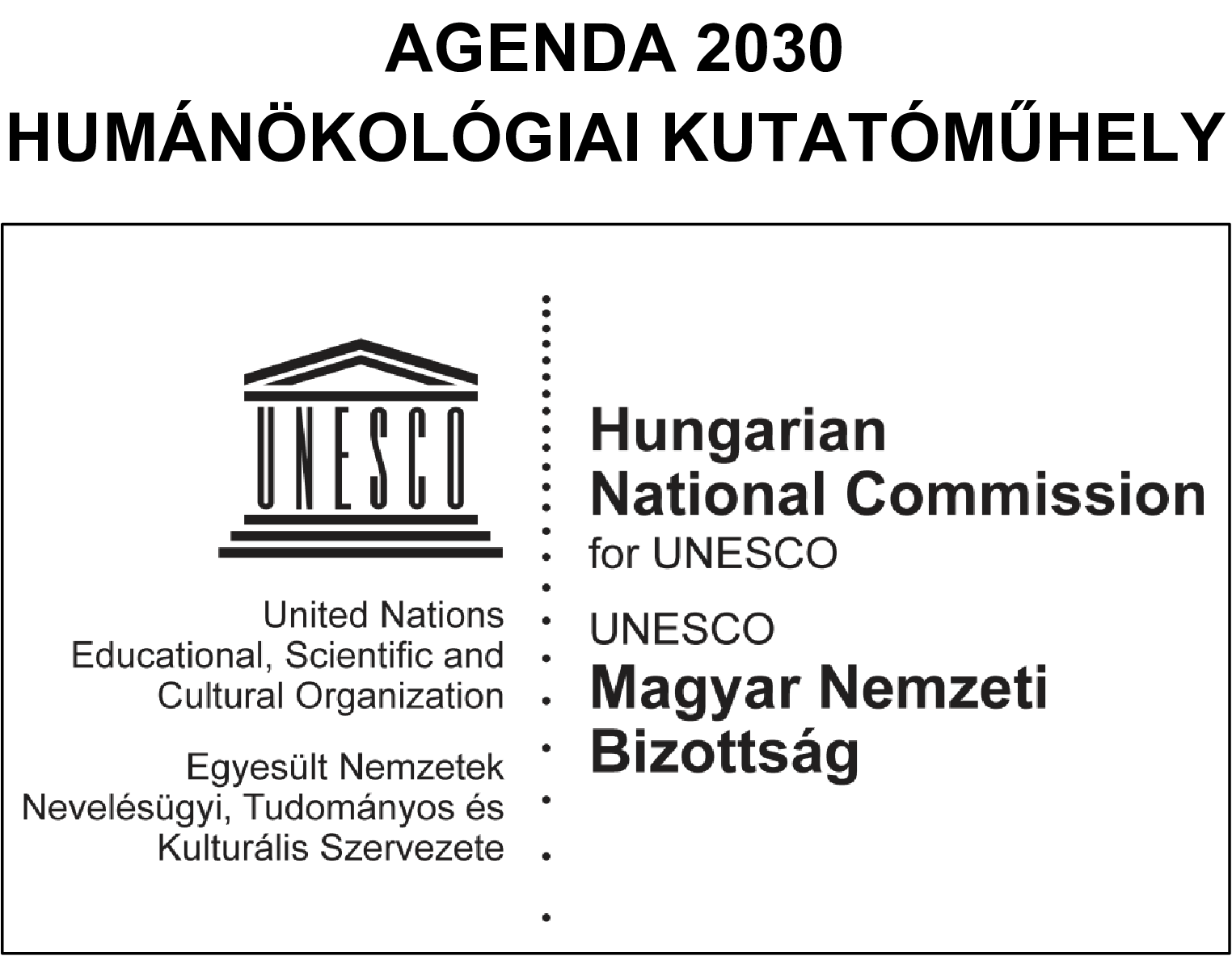Содержание
This person protects the team from distractions and helps it put its collective intelligence to work. Although the method is less useful in routine operations and processes, these days most companies operate in highly dynamic environments. They need not just new products and services but also innovation in functional processes, particularly given the rapid spread of new software tools.
Specific principles and behaviors, split into the three categories of Roles, Artifacts, and Time Boxes, distinguish the Scrum process from other agile processes. The product owner can capitalize on the opportunity and enjoy the first-mover advantage. By keeping the customer in the loop, you will gain his trust and make sure that he comes back to you for future projects as well. Self-organizing teams decide how they will carry out the task and who will be in charge of what. They split the job into tasks that can be performed each day and into increments that can be finished within each iteration.
As described by the Agile Manifesto, authentic human interactions are more important than rigid processes. Collaborating with customers and teammates is more important than predefined arrangements. And delivering a working solution to the customer’s problem is more important than hyper-detailed documentation. Daily standup meetings help teams discuss the status of user stories; teammates share their daily goals, and anyone can escalate blocks that impede the team’s progress. It is up to organizational leaders to decide how to staff agile teams and how big to make them. Many follow Jeff Bezos’s best practice of constructing two pizza-size agile teams to maximize the collaboration between teammates.
It’s important to share the load evenly among team members so they can accomplish their assigned tasks during the sprint. Product owner.The role of the product owner is to define the goals of each sprint, manage and prioritize the team backlog, and be the voice of the customer or internal stakeholder. An Agile board helps your team track the progress of your project.
User Stories
Nothing kills motivation faster than reassignment or redistribution of the members. Teams grow and learn when they stay together from one iteration to the next. It is a widely accepted Agile best practice to keep teams together, except for an occasional job rotation that introduces new skills.
This role transfers the customers’ vision to the team and manages Product Backlog. The project manager is responsible for project implementation and delivering the product according to initial requirements. Unlike the team lead, project managers don’t manage the team, they negotiate with them to map progress or identify problem areas. In short, it’s a group of people (business analysts, software developers, QA engineers, UI/UX designers, DevOps) working on the project together as a team. Those rules have made Agile popular, encouraging the emergence of Scrum, Kanban, Lean, and other frameworks inspired by Agile principles. They’re now one of the most in-demand software development methodologies, which we’ll talk about a bit later.
John Deere uses them to develop new machines, and Saab to produce new fighter jets. Intronis, a leader in cloud backup services, uses them in marketing. Robinson, a global third-party https://globalcloudteam.com/ logistics provider, applies them in human resources. Mission Bell Winery uses them for everything from wine production to warehousing to running its senior leadership group.
Agile Project Management
At the end of each Sprint, the team and the product owner meet at the Sprint Review. During this informal meeting, the team shows the work completed and answers questions about the product increment. All participants collaborate on what to do next to increase the product’s value. The Sprint Review is a four-hour timeboxed meeting for one-month Sprints. This is a tool for tracking the progress of the overall Agile project. This article from Ambysoft outlines the entire project planning process.
Agile methodology rejects sequential phases and relies on simultaneous, incremental work across various departments. Teams complete work in sprints, which are typically broken out into two-week chunks of time. Various checkpoints throughout the project allow the team to change direction as needed.
Scrum is the dominant team framework; therefore, most scaling frameworks have Scrum at their core. Using Scrum as the basis to solve scaling problems is sound because most of them add to extend as a technique. As an example, the SAFe scaling frameworks introduce Kanban to facilitate the scaling challenges while keeping Scrum at its core. There should be two primary filters we should ask ourselves before we measure anything; “will this measurement accelerate value delivery? Improve the engineering practices and tools so that each increment of functionality is potentially shippable. The three roles defined in Scrum are the ScrumMaster, the Product Owner, and the Team .
- Nevertheless, they need to communicate with each other to exchange ideas and share results.
- It emphasizes collaboration, flexibility, continuous improvement and high-quality results.
- Both big and small teams can use this methodology in their project plans.
- These Stories are prioritized and taken up in each Sprint or Iteration.
- The Agile Manifesto and the Twelve Principles of Agile Software outline the values that allow you to speed up development time, ensure adaptability, and accommodate changing needs.
- The Agile methodology is a collaborative approach to project management, and it’s not a single method but a collection of best practices that involve constant collaboration.
Eventually, the last iteration holds all features that the customer had initially requested. User stories and backlogs, both product and iteration, are reviewed to develop the list of tasks that are possible to complete during the sprint. This planning process creates a more detailed plan including which tasks are to be performed by which team members and the ideal duration of each task. Based on these variables, an agile schedule can be completed, detailing the activities, testing, design, and involvement necessary to complete a task. Agile and Waterfall are two well-known project management methodologies. Both of them are popular in software development but each is best suited for different types of projects.
What Are The Differences Between Agile Methods And Alternatives?
Using an iterative framework, the Agile methodology relies upon the interaction of self-organizing teams of people who have the cross-functional skillsets required to develop tested, working software. From the Agile Manifesto’s core values came 12 guiding principles for Agile software development. Given the value placed on individuals and interactions, it is not surprising that fully one half of the principles relate to the human side of software development. It is the interactions between people, not processes and plans alone, that make for successful product delivery.
This individual has a thorough understanding of the market and company requirements and a vision and ownership of the product’s return on investment or value delivered. Unlike conventional delivery, this individual is a member of the team that delivers the product. Speculate – this is a continuation of the “Envision” phase, in which teams gather the broad initial requirements for a product/service and build an iteration plan based on the vision.
Development teams should have the required tooling required for continuous deployment and automated testing to timely fix bugs and errors. Say, members of smaller teams are more likely to be in sync with one another, so they can do without constant reporting and much documentation. On the other hand, larger teams require a more structured communication approach to be on the same page. To verify the quality of the software — through testing — and automate its deployment, teams usually use Tools like CruiseControl, Atlassian Bamboo, TeamCity, or Jenkins. Extending the source code with each iteration, Agile teams use refactoring as a way to weed out code clutter and duplications.
Erik Martella, the vice president and general manager of Mission Bell Winery, a production facility of Constellation Brands, introduced agile and helped it spread throughout the organization. Leaders of each department served as initiative owners on the various agile teams within their departments. Those individual teams achieved impressive results, but Martella worried that their time was being spread too thin and that department and enterprise priorities weren’t always aligned. The initiative owner doesn’t tell the team who should do what or how long tasks will take. Rather, the team creates a simple road map and plans in detail only those activities that won’t change before execution.
If you clearly understand the project outcomes from the beginning, Waterfall may be the best fit. Waterfall is a better method when a project must meet strict regulations as it requires deliverables for each phase before proceeding to the next one. When choosing between Agile and Waterfall, consider how involved the project owners or stakeholders will be in the project. Agile is better suited for projects where stakeholders are closely involved every step of the way. Waterfall is a more structured project management method and does not lend itself to the same type of flexibility.
Agile Model
The adoption and expansion of agile at John Deere, the farm equipment company, provides an example. George Tome, a software engineer who had become a project manager within Deere’s corporate IT group, began applying agile principles in 2004 on a low-key basis. Gradually, over several years, software development units in other parts of Deere began using them as well.
The main goal of software development, however, is to develop software that offers business benefits rather than extensive documentation. Finally, it’s important to provide your team and new Scrum Masters with a form that outlines helpful questions to ask during daily stand-ups and the iteration retrospectives. This provides some excellent documentation for future reviews of processes. It will also allow for the team to identify areas that need improvement and help it answer questions it may not think to talk about if it is new to Agile. A roadmap is a breakdown of the features that will make up the final product.
Shift To Agile
Sprints are carried out in one to four week periods and create simpler, more achievable goals that you measure and review as you complete each one. Resource management Find the best project team and forecast resourcing needs. Workflow automation Quickly automate repetitive tasks and processes. Customer Stories See how our customers are building and benefiting. This dual role establishes responsibility for following the Agile framework by providing guidance, educating the team, and removing productivity blockers.
Waterfall is a linear project progression, so it’s best suited for projects with a defined end goal. If a project owner has a clear and specific vision of an app, for example, and is confident it will not change throughout the project development, Waterfall methodologies could be a good system to follow. Other agile frameworks, notably kanban, predate the agile manifesto. But these frameworks are considered to be agile because they promote the values outlined in the agile manifesto.
The Agile Manifesto: Principles
The change was seen as an expense in traditional software development. Set goals, project managers decide which Agile approach is most suited to the development process. The team then uses this approach as a framework for their progress. The values and principles of Agile bring the product development cycle back to its roots. It reminds us that products should be designed by people, for people. And, it reminds us that we got to where we are now by adapting and improvising based on customer needs.
What Are The Values Of Agile?
If you’re new to the Agile project management, it might look at first like a complex and difficult-to-manage system. But, whether you realize it or not, you’re already doing many of the things Agile requires. With a few tweaks, you’ll be on your way to shorter development cycles and smaller, more frequent product releases. To implement agile scrum methodology, there must be either a scrum expert in the company or an outside consultant to ensure scrum principles are being applied correctly. Agile scrum methodology involves precise execution and could result in serious problems if not done properly.
The Product Owner
There are a variety of different models and development methodologies based on Agile principles. In recent years, there has been a growing list of organizations who credit the methodology with its success. Some of the biggest names in media, technology, finance, and even some National Government agencies have adopted and praised the efficiency of Agile.
DevOps practices are often incorporated into Agile development, and low-code development platforms feature tools to support both. Agile is a software development mindset that promotes a highly iterative process with multiple development cycles called sprints. Agile is designed so all parties can provide feedback as software is developed in an efficient and effective manner.
Meanwhile, Scrum is a specific Agile method used to deliver a project. We must understand that software development is a human activity and that the quality of interaction between people is vital. Tools are an important part of software development, but making great software depends much more on teamwork, regardless of the Scrum Master tools team may use. As project requests are added through your intake system, they become outstanding stories in the backlog. During Agile planning sessions, your team will estimate story points to each task. During sprint planning, stories in the backlog are moved into the sprint to be completed during the iteration.






